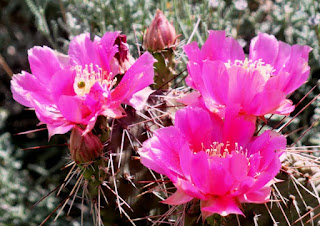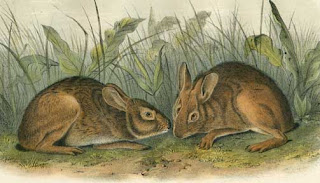Judy Garland from a scene in the movie The Harvey Girls, 1946. Public domain.
The first time I saw Judy Garland in a film was in The Harvey Girls. It may not have been her most famous movie, but it was a great film that helped show the world that women in the American West had far more employment opportunities than what was portrayed in most Westerns--employment as prostitutes, or if they were lucky, madams.
My last post was about divorce. Women in the Old West were not necessarily tied to a bad marriage due to financial constraints (although they could be trapped in an awful situation if they lived miles from anyone else!) In fact, there were many employment opportunities available to women, and in a few days I'll discuss some of the more popular jobs that could be found in the medical field.
Judy Garland and John Hodiak in The Harvey Girls.
I first wrote about the Harvey Girls in a post about Fred Harvey and his attempts to raise the standards of dining in the Old West. Fred Harvey believed all customers should receive good food and good service, and he was particular about the women he hired to work in his restaurants. The women had to be single, between the ages of 18 and 30, educated, attractive, and well-mannered. Harvey originally hired young men to serve the cowboys and travelers who came in to dine, but found that most of these travelers were men, and hiring attractive women added to the pleasant dining experience.
These hard-working women were paid well for the times, worked hard, and were expected to represent Mr. Harvey in a respectable manner. They lived in houses with house mothers to watch over them, had strict curfews, and were discouraged from fraternizing with the customers, though it is estimated that over 5000 Harvey Girls eventually found their true loves through their employment!
Women and Photography
Elizabeth Alice Austen in 1888, public domain.
There was a surprising number of female photographers, including Alice Austen (1866-1952) whose family was abandoned before she was born.
Trude & I Masked by Alice Austen, public domain.
Austen arrived at Staten Island with her large extended family and something inside her told her she had to document everything that was around her. Her uncle was a chemist, which may have influenced Austen's interest in photography.
The Staten Island Historical Society has negatives of over 8000 photographs taken by Austen at Staten Island.
"Elderly Chinese American Man with Queue"
by Laura Adams Armer, public domain.
Laura Adams Armer (1874-1963) studied at the California School of Design in San Francisco and was famous for her work depicting the Navajo and Chinese. Her photographs of Chinatown are included in the collection of the California Historical Society.
Early Morning Above Vancouver by Sarah H. Ladd. Published in Pacific Monthly, public domain.
Sarah Ladd (1860-1927) was an early landscape photographer. It is unknown how she became interested in photography or if she ever had any formal training. Many of her photographs were published in Pacific Monthly Magazine.
Making it Happen in the Old West!
My admiration for Augusta Tabor should be obvious by now. From the day she married Horace Tabor Augusta took it upon herself to support her family in any way she could, from washing shirts for miners to baking bread and renting tents. Many women used their household skills to make money, particularly in the laundry field.
In 1854, a woman in Ravine, California was making 15 to 20 dollars a week washing clothes for the miners (Reiter). The woman was Clara Brown, a freed slave from Kentucky who eventually saved $10,000 to find work for other former slaves in Colorado.
In 1854, a woman in Ravine, California was making 15 to 20 dollars a week washing clothes for the miners (Reiter). The woman was Clara Brown, a freed slave from Kentucky who eventually saved $10,000 to find work for other former slaves in Colorado.
However, according to Joan Swallow Reiter's The Women: The Old West, "Laundering was only one of the ways an enterprising woman could strike it rich in the gold fields." According to Reiter there was a woman in Los Angeles who owned and operated a restaurant and made money on the side by offering lessons in swordplay to her customers.
If at First you Don't Succeed...
Luzena Wilson traveled to Nevada City with her husband in 1849 with the intention of supplementing the family income with a boarding house. She discovered she had competition, but not enough to stop her.
Wilson bought supplies at a local store, set up a tent restaurant and started serving food to the miners. She saved enough money to build a small boarding house, with room enough to accommodate between 75 and 200 homeless, sleepy miners. She continued to cook and clean for the miners, saved $500, then loaned out the money to grubstake the miners. She soon had her own store and her husband was working for her. One night the store caught on fire and Luzena thought all was lost, then her husband discovered he still had the days profits in his pocket, $500, and the couple started again.
Sources:
- The Harvey Girls. Dir. George Sidney. MGM, 1946.
- Morris, Juddi. The Harvey Girls: The Women Who Civilized the West. Walker Publishing, 1994.
- Reiter, Joan Swallow. The Women: The Old West. Time Life Books. New York, Canada: 1978.






























